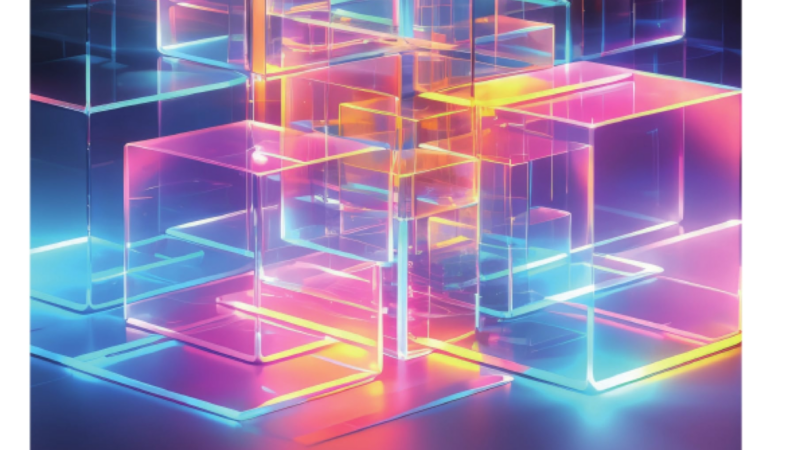What features should graphics designers and photographers look out for when they are shopping for a professional display?
With a plethora of monitor sizes, resolutions, aspect ratios, panel technologies and colour support all vying for shelf space in retail stores, even professional users can have a hard time choosing the right display to make their photos and designs stand out. MMD, brand license partner for Philips monitors, has put together a few pointers:
1.First, the crux issue: colour. In a professional environment, on-screen colours must be as close a match as possible to the output on other devices (like printers). This is why accurate colour representation is so important. Although it might sound plenty, the 16.7 million colours that can typically be reproduced on a standard display are not enough for professional graphics and photo applications. A good monitor for this kind of work needs both a wide colour gamut and an excellent calibration. Here are a few of the terms you will come across:
a.The sRGB colour space is the minimum;
b.Adobe RGB is a wider gamut than sRGB and is the de facto standard in the industry. A professional display ought to be able to exactly reproduce at least 90% (preferably more) of the colours in this space;
c.Another common standard of colour space is the NTSC gamut – 72% NTSC = 99% sRGB . Therefore, a display that can reproduce more than the standard 72% NTSC will deliver even more vivid and true-to-life colours. Most of the newer Philips monitors, for example, are equipped with technologies allowing them to deliver between 85% NTSC (122.9% sRGB) and 104% NTSC (130% sRGB).
2.Another thing to consider is the monitor size and aspect ratio:
a.For a good overview of your creative work, comparisons or multitasking, a larger screen is the way to go. Any display under 27″“ simply doesn“t provide the screen real estate that a photographer or a designer needs. 32″“ and even 40″“ are suitable screen sizes that offer enough space for quality work.
b.Aspect ratio should also be considered. Widescreen displays are now standard, with many designers going for 16:9 aspect ratio as it provides not only plenty of horizontal space but relatively more space in height as for example compared to 21:9. This means it requires less neck and eye movement for a good overview and can proportionally fit standard print sizes.
3.The choice of resolution is less clear-cut, and should be considered in conjunction with display size. Is Full HD enough? Or should users go for Quad HD or even 4K? QHD displays have a resolution of 2560 x 1440 pixels, as opposed to 19201080 with Full HD. The bigger the screen, however, the higher the resolution should be. Since professional photographers and designers will be looking at screen sizes of 27 inches and up, it makes sense to go with higher resolutions, at minimum QHD.
If you are planning to go even bigger, you should consider a 4K display, a category that is fast becoming very popular. These deliver an even greater resolution, 3840 x 2160, making them ideal for intricate zooming-in on fine detail. With more pixels packed into each square inch on the display, individual pixels remain imperceptible even at close zoom levels. Anyone who works with split screens might find a top-of-the-range 40-inch display with super-fine resolution is the right choice for their jobs.
4.Next up, the panel technology. There are two common technologies, which are great for graphics work: VA (vertical alignment) and IPS (in-plane switching). Both offer similar, extra-wide viewing angles of 178 degrees, making it possible to view the display from almost any angle. There is a difference in colour accuracy and consistent brightness, which are slightly higher in IPS panels. In a lot of newer VA panel monitors, however, this is well compensated for through special colour enhancing technologies e.g. by Ultra Wide-Color technology in Philips models, which brings colour accuracy to an excellent level. What is more, VA panels show better blacks and better contrast than IPS panels, and tend to have lower power consumption.
5.Flat or curved? This is down to personal preference. The latest curved displays wrap the screen space gently around the user“s line of vision, enabling greater focus on the task in hand: important in busy office environments. A curved display is able to create an increased perception of depth with minimal picture distortion. However, some users do report a preference for flat displays for creating (rather than viewing) content, since any distortion at all, even minimal, is unwelcome. Depending on desk space (and budget), it can be a great idea to have a dual display setup: one flat and one curved.
Graphics professionals should focus on these key features first – but also keep in mind other items such as ergonomic adjustability and good connectivity. All play a role in enabling them to be more productive throughout their working day.
MMD is a wholly owned company of TPV established in 2009 through a brand license agreement with Philips. MMD exclusively markets and sells Philips branded LCD displays worldwide. By combining the Philips brand promise with TPV“s manufacturing expertise in displays, MMD uses a fast and focused approach to bringing innovative products to market. MMD serves the Western European markets from its headquarters in Amsterdam. The Eastern European and CIS markets are served by a local office in Prague. Through its network of local sales teams MMD works with all major IT distributors and resellers. The company“s design and development centre is located in Taiwan. www.mmd-p.com
Company-Contact
MMD Monitors & Displays B.V.
Ivilina Boneva
Prins Bernhardplein 200 6th floor
1097 JB Amsterdam
Phone: +31 20 5046945
E-Mail: Ivilina.Boneva@tpv-tech.com
Url: http://www.mmd-p.com
Press
united communications GmbH
Peter Link
Rotherstr. 19
10245 Berlin
Phone: +49 30 78 90 76 – 0
E-Mail: Philips.Displays@united.de
Url: http://www.united.de






